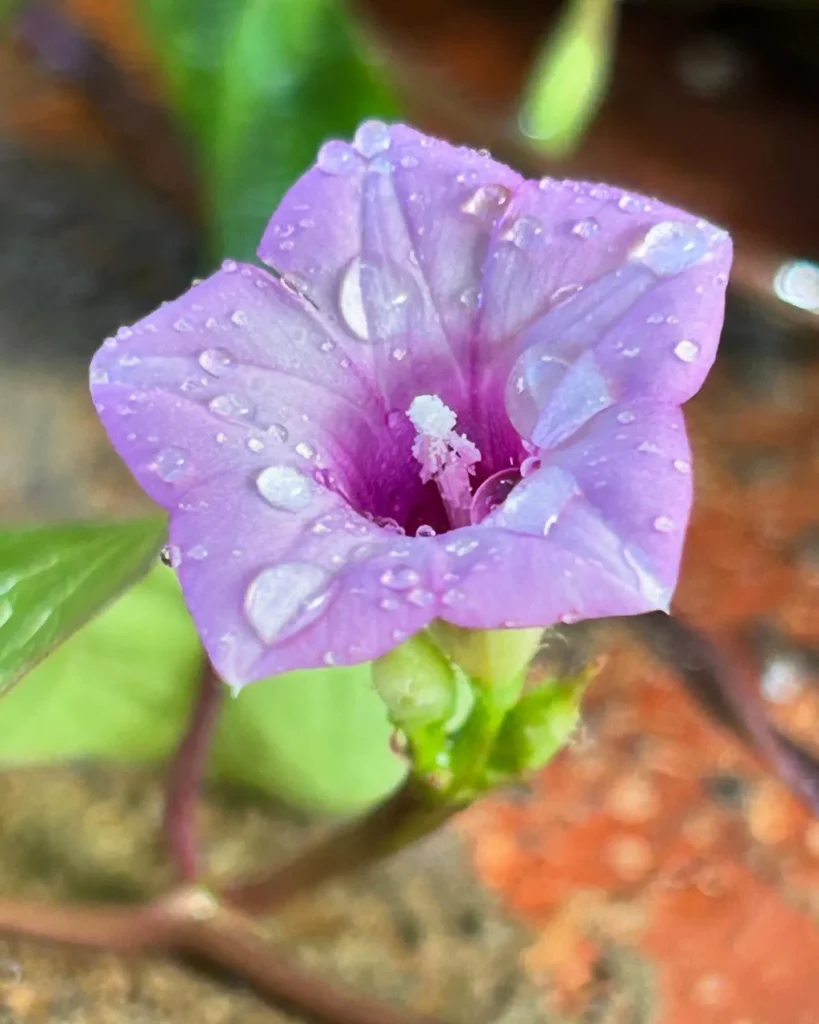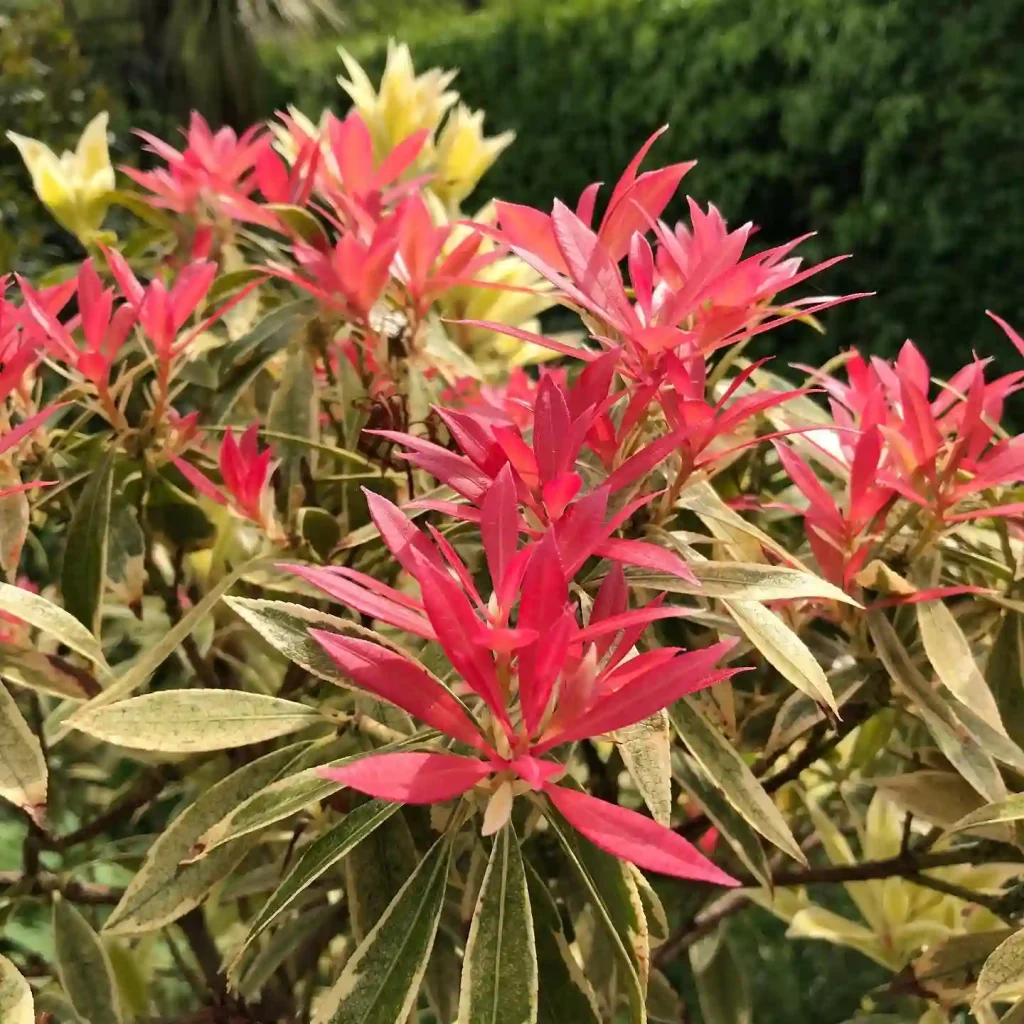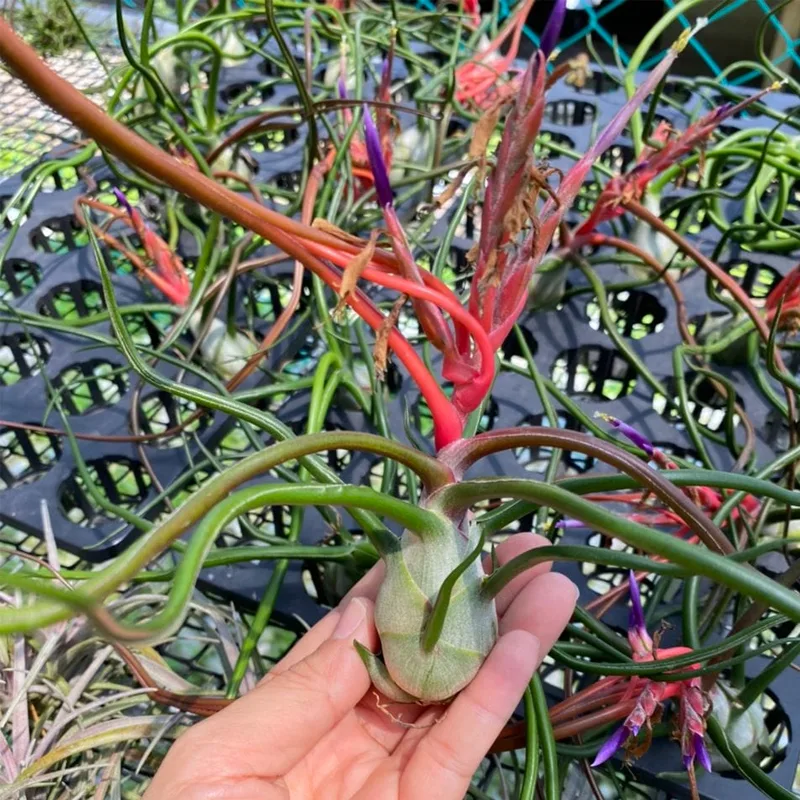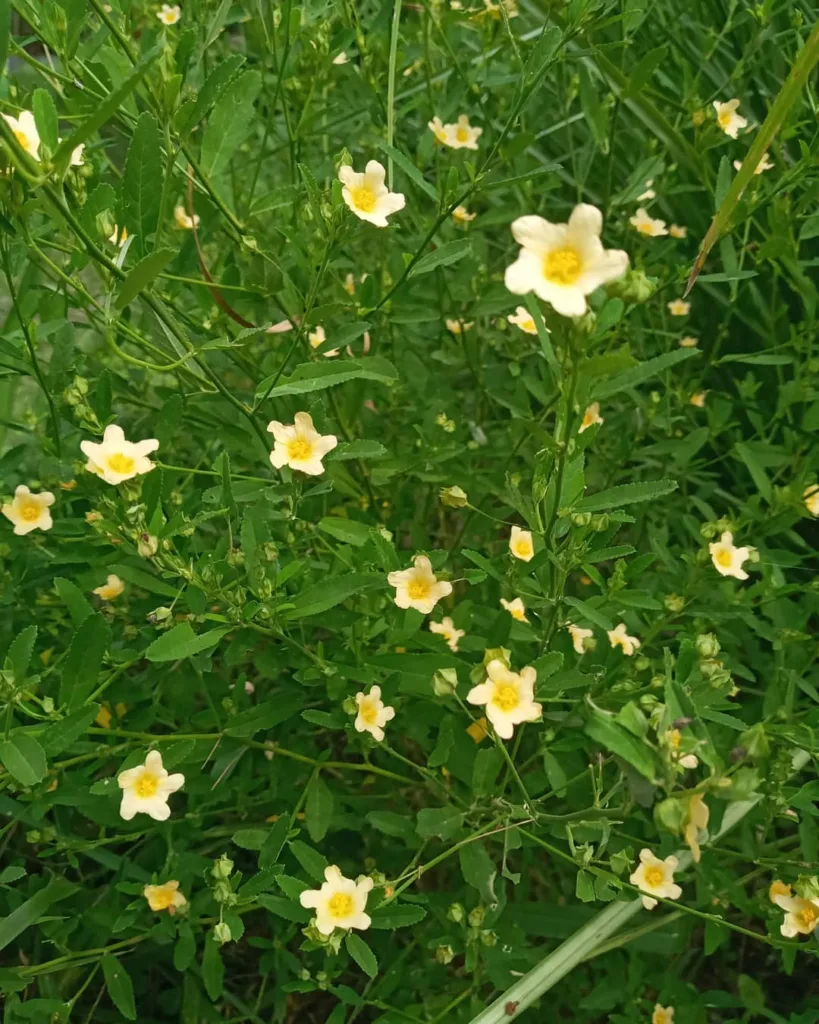Exploring the Tetrachondraceae Family: My Experience with Polypremum and Tetrachondra
The plant world is vast and varied, and my explorations often lead me to fascinating plant families that aren’t as widely known. One such family that has captured my attention is the Tetrachondraceae family. Despite being a relatively obscure group, this family includes some intriguing genera such as Polypremum and Tetrachondra, both of which have unique characteristics that make them stand out in the plant kingdom. Today, I’ll delve into my experience with these two genera, highlighting what makes them unique and how they contribute to biodiversity.
Understanding the Tetrachondraceae Family
The Tetrachondraceae family is small, encompassing only two genera: Polypremum and Tetrachondra. This family is part of the Lamiales order, which includes many well-known plants like mint, lavender, and olives. However, Tetrachondraceae is much less familiar to most plant enthusiasts, partly due to its limited geographic distribution and specialized habitat requirements.
What I find fascinating about this family is how its members are adapted to specific environmental conditions, often thriving in regions that might be challenging for other plants. This adaptability is a testament to the resilience and evolutionary ingenuity of these plants.
Polypremum: A Resilient Gem
One of the genera in the Tetrachondraceae family is Polypremum, represented primarily by the species Polypremum procumbens. Commonly known as “Rustweed” or “Junco,” this plant is native to the Americas, ranging from the southeastern United States down to Argentina. I first encountered Polypremum during a trip to the southern U.S., where it was growing in sandy, well-drained soils along roadsides and open fields.
Characteristics of Polypremum
Polypremum procumbens is a small, herbaceous perennial with delicate, opposite leaves and tiny, white flowers. It has a low, spreading growth habit, which makes it an excellent ground cover in its natural habitat. What impressed me the most was its ability to withstand harsh conditions, including drought and poor soil quality. This resilience makes Polypremum a model species for understanding how plants can adapt to challenging environments.
From a botanical perspective, Polypremum’s flowers are a highlight. They’re diminutive but intricately structured, with four lobes that give them a distinct, almost star-like appearance. Watching them bloom under the hot sun was a reminder of nature’s capacity for beauty even in the most unexpected places.
Ecological Importance of Polypremum
Polypremum plays a crucial role in its ecosystem, particularly in stabilizing soil and providing cover for small insects and animals. Its presence in disturbed habitats also indicates its role as a pioneer species, helping to reclaim and rehabilitate areas that have been impacted by human activity or natural disturbances. This ecological value adds another layer to its significance beyond its botanical interest.
Tetrachondra: A Rarity Worth Noting
The other genus in the Tetrachondraceae family is Tetrachondra, which includes species like Tetrachondra hamiltonii and Tetrachondra patagonica. These plants are native to New Zealand and southern South America, inhabiting moist, alpine environments. I haven’t had the opportunity to observe Tetrachondra in the wild, but my research and conversations with fellow plant enthusiasts have painted a vivid picture of its unique characteristics.
Characteristics of Tetrachondra
Tetrachondra species are low-growing, mat-forming perennials that thrive in cool, wet habitats. They have rounded, succulent-like leaves and small, inconspicuous flowers. Their growth habit and preference for moist environments make them somewhat similar to plants in the Crassulaceae family, though they are not closely related.
What stands out to me about Tetrachondra is its specialized niche. Growing in alpine and subalpine regions, these plants are well adapted to the harsh conditions of high altitudes, where temperature fluctuations and moisture levels can be extreme. This specialization limits their distribution but also highlights their importance in these fragile ecosystems.
Tetrachondra’s Ecological Role
In their native habitats, Tetrachondra species contribute to the stability of soil and moisture retention. Their dense mats help prevent erosion and provide habitat for various alpine invertebrates. This role is crucial in ecosystems where vegetation is sparse and conditions are extreme.
Why the Tetrachondraceae Family Matters
The Tetrachondraceae family, with its limited but specialized members, offers a window into the evolutionary processes that enable plants to adapt and thrive in diverse environments. Whether it’s the heat-tolerant Polypremum or the moisture-loving Tetrachondra, each genus represents a unique survival strategy.
For plant enthusiasts like myself, exploring these lesser-known families is a reminder that there is so much more to discover beyond the popular ornamental and agricultural species. The Tetrachondraceae family, in particular, challenges us to look closer at the margins of plant diversity, where resilience and adaptation are on full display.
Final Thoughts
My journey into the world of Tetrachondraceae has been both enlightening and humbling. It’s easy to get caught up in the allure of showy, well-known plants, but there’s a quiet beauty in the resilience and ecological roles of families like Tetrachondraceae. Polypremum and Tetrachondra, in their own ways, exemplify the incredible diversity and adaptability of the plant kingdom.
If you’re a plant enthusiast looking to expand your horizons, I highly recommend taking a closer look at the Tetrachondraceae family. You might just find yourself as captivated as I am by these understated yet remarkable plants.
If i die, water my plants!



